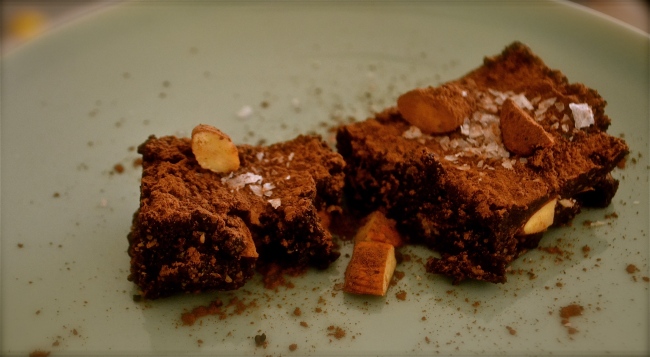Vitamins and Minerals
Posted: April 30, 2013 Filed under: Nutrition Leave a commentBefore recipe posting any further I thought it may be useful to upload a nutritional chart so that you can clearly see why the ingredients used throughout all my cooking are not only for their srumpdiddilyumptiousness (sorry family word for tasty) but because they play such a large part in keeping our bodies and mind healthy. The following chart is based on the Nutrient Reference Values for Australia and New Zealand and provides a great overview of the nutritional benefits on some of the essential vitamins and minerals that will be highlighted throughout this blog. Remember specific advice for individual needs should be sought from a qualified dietitian.
“The term nutrient identifies those substances in food that provide essential nourishment to maintain life” http://www.health.gov.au/internet/healthyactive/publishing.nsf/Content/vitamins-minerals
|
Nutrient (Vitamins) |
Needed for |
|
Vitamin A |
|
| Vitamin B1 (Thiamin) |
|
| Vitamin B2 (Riboflavin) |
|
| Vitamin B3 (Niacin) |
|
| Pantothenic acid |
|
| Vitamin B6 (Pyridoxine) |
|
| Vitamin B12 (Cyano-cobalamin) |
|
| Folate |
|
| Biotin |
|
| Choline |
|
| Vitamin C (Ascorbic acid) |
|
| Vitamin D |
|
| Vitamin E (Tocopherol) |
|
| Vitamin K (phylloquinone) |
|
| Calcium |
|
| Chromium |
|
| Copper |
|
| Fluoride |
|
| Iodine |
|
| Iron |
|
| Magnesium |
|
| Manganese |
|
| Molybdenum |
|
| Phosphorus |
|
| Potassium |
|
| Selenium |
|
| Sodium |
|
| Zinc |
|
The Raw Chocolate Brownie
Posted: April 27, 2013 Filed under: Dessert 1 Comment Having some difficulty deciding on what my first blog post should be I couldn’t go past the ridiculously delicious and ever so simple raw chocolate brownie.
Having some difficulty deciding on what my first blog post should be I couldn’t go past the ridiculously delicious and ever so simple raw chocolate brownie.
This recipe was adopted from one of my all time favourite blogs and served as a dessert for a dinner party. They were a hit and even enjoyed by my male friends who we all know tend to shrug and grunt whenever the word “raw” or “healthy” is put in front of a menu item.
These brownies are enriched with goodness raw cacao is well documented for its nutritional benefits being very high in antioxidant flavonoids, sulphur and magnesium and its benefits range from reducing cataracts to improving heart function. Dates (my favourite natural sugar) contain oil, calcium, sulphur, iron, potassium, phosphorous, manganese, copper and magnesium and can assist when having intestinal issues and a great healthy alternative for when the 3pm sugar craving hits. Walnuts are packed with omega 3 fatty acids and are rich in fibre, B vitamins, magnesium, and antioxidants such as Vitamin E and a rich source of protein. Almonds, also a star nut is a great source of Vitamin E, magnesium, potassium, zinc, iron, fibre and are a good source of healthy monounsaturated fat. They contain more calcium than any other nut, which make them great for vegans and anyone with an intolerance to dairy products.
So what are you waiting for get cooking good looking!
Ingredients:
- 2 cups whole walnuts
- 2 ½ cups Medjool dates, pitted (store bought dates work as well but soak for 4 hours prior to use)
- 1 cup raw cacao
- 1 cup raw unsalted almonds, roughly chopped
- ¼ tsp. sea salt
Directions:
- Place walnuts in food processor and blend on high until the nuts are finely ground.
- Add the cacao and salt. Pulse to combine.
- Add the dates one at a time through the feed tube of the food processor while it is running. What you should end up with is a mix that appears rather like cake crumbs, but that when pressed, will easily stick together (if the mixture does not hold together well, add more dates).
- In a large bowl combine the walnut-cacao mix with the chopped almonds.
- Press into a lined cake pan or mold. Place in freezer or fridge until ready to serve
- Serve with dusting of dark chocolate powder and a sprinkle of sea salt.
http://mynewroots.org/site/2011/04/the-raw-brownie-2/.

Recent Comments